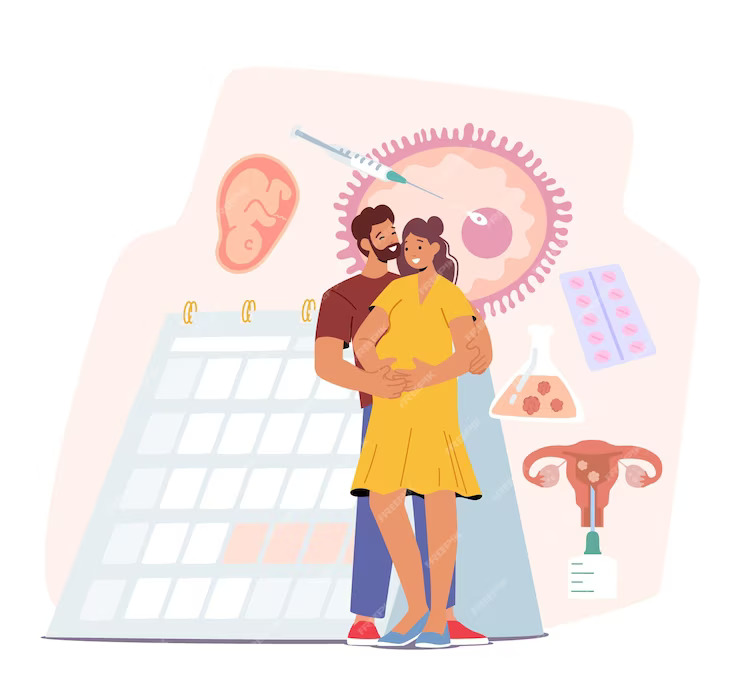In the quest for parenthood, couples often encounter challenges that necessitate alternative reproductive solutions. One such solution gaining prominence is “Artificial Insemination by Husband” (IAH). This article explores the nuances of IAH, its indications, procedures, and the crucial stages involved.
Understanding the need of Artificial Insemination by Husband
Artificial Insemination by Husband becomes a viable option when faced with various fertility issues. These include a decrease in sperm count or mobility, abnormalities in sperm, cervical penetration difficulties, antibodies against semen, unexplained infertility, ovulatory disorders, and the desire for motherhood in single women.
Causes Leading to Artificial Insemination by Husband
Diving deeper into the reasons, IAH is recommended for couples dealing with abnormalities in penile or cervical anatomy, unexplained infertility, endometriosis, or slight variations in sperm quality.

Decoding the Procedure: What is Artificial Insemination by Husband’s Sperm?
Unlike natural fertilization during intercourse, artificial insemination involves a laboratory-assisted process. Sperm with the highest fertilization potential is meticulously selected and then introduced deep into the uterus during the woman’s ovulation.
Stages of IUI with Husband’s Sperm
The IAH process unfolds in several stages:
1. Medical Evaluation Before Insemination
– Partner assessment, including medical consultation, physical examination, and laboratory tests.
– Women’s assessment, covering medical history, physical examination, and laboratory tests.
2. Controlled Ovarian Stimulation
– Choice of medications and dosages tailored to each woman’s needs.
– Ovarian stimulation monitored through ultrasound and hormonal determinations.
– Final maturation of eggs and scheduling for insemination.
3. Mobile Sperm Collection
– Semen sample collection at home or the institution.
– Processing in the laboratory to select high-quality sperm.
4. Intrauterine Insemination
– Outpatient procedure without analgesia or anesthesia.
– Deposit of motile spermatozoa in the uterine cavity using a catheter.
5. Luteal Phase Support
– Supplemental progesterone administration to support the luteal phase.
– Daily administration until pregnancy detection, continuing for at least six weeks if pregnant.
Examining the Chances and Success Rates
The probability of pregnancy per cycle ranges from 5 to 18%, influenced by factors such as sperm quality, ovarian response, woman’s age, and the couple’s infertility period. The overall success rate is promising, with approximately 60% achieving gestation within the first 3-4 cycles.
When Success Eludes: Exploring Further Options
In cases of unsuccessful artificial insemination, consideration of more advanced assisted reproduction techniques, like in vitro fertilization, becomes essential.
In conclusion, Artificial Insemination by Husband stands as a beacon of hope for couples facing fertility challenges. With its meticulously designed procedures and promising success rates, it opens new doors to the realization of the dream of parenthood.
